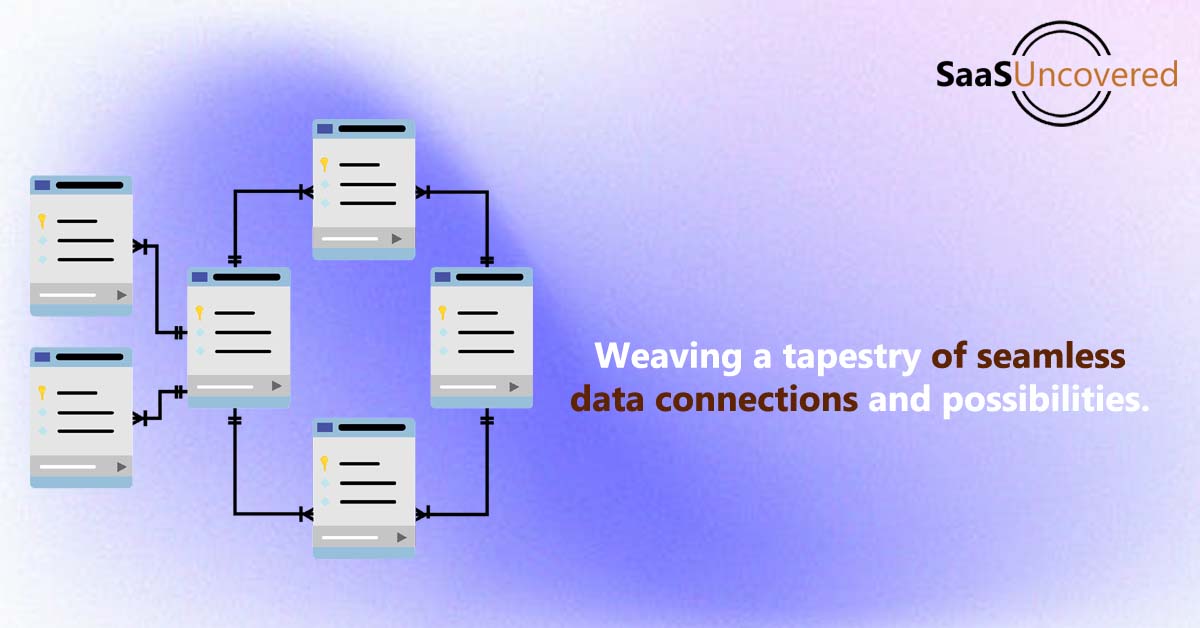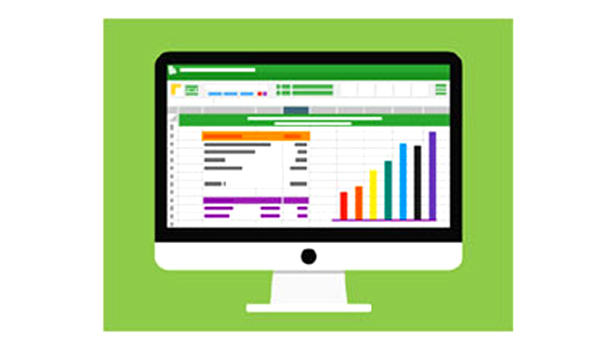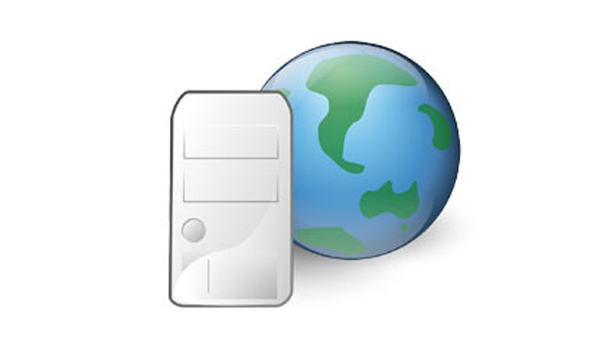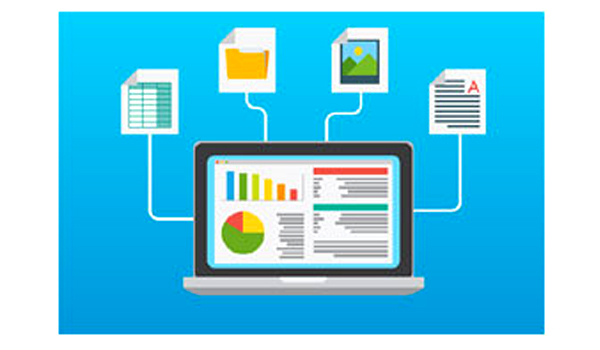Data Fabric
Data fabric is an integrated data architecture that encompasses the processes of data management and facilitates end-to-end integration of numerous data pipelines in an organization.
Updated: December 1, 2023

Data fabric is an integrated data architecture that encompasses the processes of data management and facilitates end-to-end integration of numerous data pipelines in an organization.
Numerous data management processes, such as on-premises or in the cloud can be standardized across several environments. It can be deployed anywhere including cloud (hybrid, public, and private cloud), edge, on-premises, and IoT devices. Consistency across various integrated environments can be ensured with data fabric.
Increased visibility across the data landscape, deep-dive analytics and insights, use cases across the organizations and optimization are some of the benefits of using data fabric. Data fabric provides greater visibility into the highly complex, heterogeneous data landscape across an organization to its user since it is a unified platform. Data fabric makes it easier for data users to control and manage data as it helps connect several data pipelines across the organizations and provides complete visibility, allowing more effective insights to help drive data-backed business decisions. Data fabric platforms can be used by all departments within a business including fraud detection and security management, sales and marketing departments, governance and compliance teams, engineering departments, etc.
Knowledge graph, Integration capabilities, Data governance, Data lifecycle management, Cloud support and Analytical tools support are basic elements of a data fabric.
Benefits of using data fabric
- Unified Data Access
- Data Integration
- Real-Time Data Processing
- Data Orchestration
- Scalability
- Flexibility and Agility
- Improved Data Governance
- Data Quality and Consistency
- Data Security
- Reduced Data Silos
- Faster Time-to-Insights
- Cost Optimization



